Zultanite: Gemstone and Jewelry
Zultanite is an extraordinary color-changing gemstone that was discovered in the Anatolian Mountains of Turkey in 2006. The gemstone, originally known as "Diaspore," was named after the Greek word "diaspora," which means "to scatter," because of its rare dispersion. In 2008, after extensive testing, it was renamed Zultanite, in honor of the 36 Sultans of the Ottoman Empire, who reigned from 1299 until 1922. Today, Zultanite is considered one of the most unique and beautiful gemstones in the world, loved by collectors and gemologists alike. This article will delve deeper into Zultanite and explore its history, properties, and uses today.

History:
The history of Zultanite is relatively short since it was only discovered in 2006. It was discovered by the Turkish mining company, Milenyum Mining, in the İlbir Mountains of southwestern Turkey. Diaspore had been in existence for many years, but no one realized its potential due to its murky brown color. It wasn’t until the stone was cut and polished that its spectacular color-changing properties appeared. Once the gemstone was discovered, the head of the mining company, Murat Akgun, realized the potential of the gemstone and partnered with the company, JCK to bring it to market. JCK was responsible for testing and marketing the gemstone to jewelry designers and gemologists around the world.

Properties:
One of the most unique properties of Zultanite is its ability to change color under different light sources. It can shift from champagne to yellow, kiwi green to pistachio green, and even pink to cognac. Under incandescent light, the gemstone tends to have warmer shades, while cooler colors are visible under daylight. The color-changing phenomenon of Zultanite is known as pleochroism. It’s a phenomenon found in a few gemstones, but Zultanite's pleochroism is particularly striking and beautiful. It results from the crystal structure of the mineral and the way light interacts with it.
Zultanite has a monoclinic crystal system and is composed of hydrous aluminum oxide. It’s a relatively soft stone, with a Mohs hardness scale rating of 6.5-7. It also has a perfect cleavage, which means it can easily break at a specific angle if not properly cut and handled. Zultanite is also noteworthy for its high dispersion, which measures the separation of white light into a spectrum of colors. Zultanite’s dispersion is twice as high as a diamond and more than many other gemstones, giving it unmatched fire and beauty.

Uses:
Zultanite can be used as the centerpiece in a beautiful ring, necklace, or earrings. It’s an ideal gemstone for those who like to wear unique and rare pieces of jewelry. Since it changes color, it matches well with different outfits and occasions. It’s also a popular choice for collectors and gemstone enthusiasts. Recently, Zultanite has gained popularity in designer jewelry. Many renowned jewelry designers, such as David Yurman, have created exclusive Zultanite jewelry collections. The gemstone’s unique color-changing effect and exceptional properties have made it a captivating gemstone for jewelry designers.

Caring for Zultanite:
Zultanite is a relatively soft stone, and it requires careful handling and cleaning. To care for this gemstone, it’s recommended to avoid exposing it to harsh chemicals or abrasive cleaners, high heat, or extreme temperatures. To clean Zultanite jewelry, it’s best to use mild, soapy water and light brushing. Be sure to rinse the jewelry thoroughly and dry it with a soft cloth. It’s also recommended to store Zultanite in a cloth or jewelry bag to prevent accidental scratches.

Zultanite is a rare and beautiful gemstone that has taken the jewelry world by storm since its discovery in 2006. Its exceptional properties, including the ability to change color, high dispersion, and rarity, have made it a popular choice among collectors, jewelry designers, and gemstone enthusiasts. As more people discover the beauty and uniqueness of Zultanite, it’s likely to become even more popular and highly sought after in the coming years. And with its rich history, outstanding beauty, and rarity, it’s no wonder that Zultanite has captured the hearts of so many.




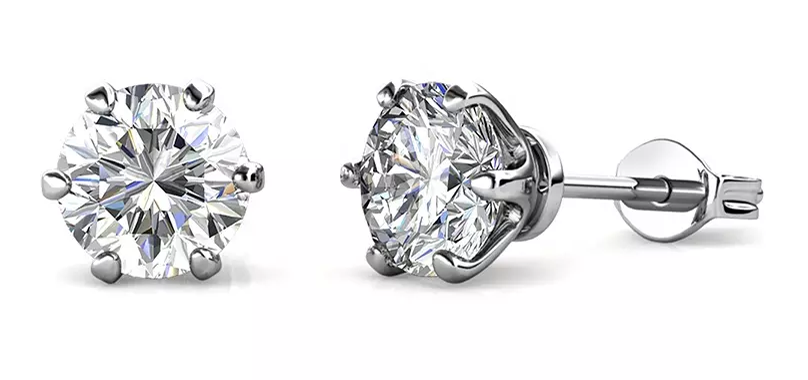
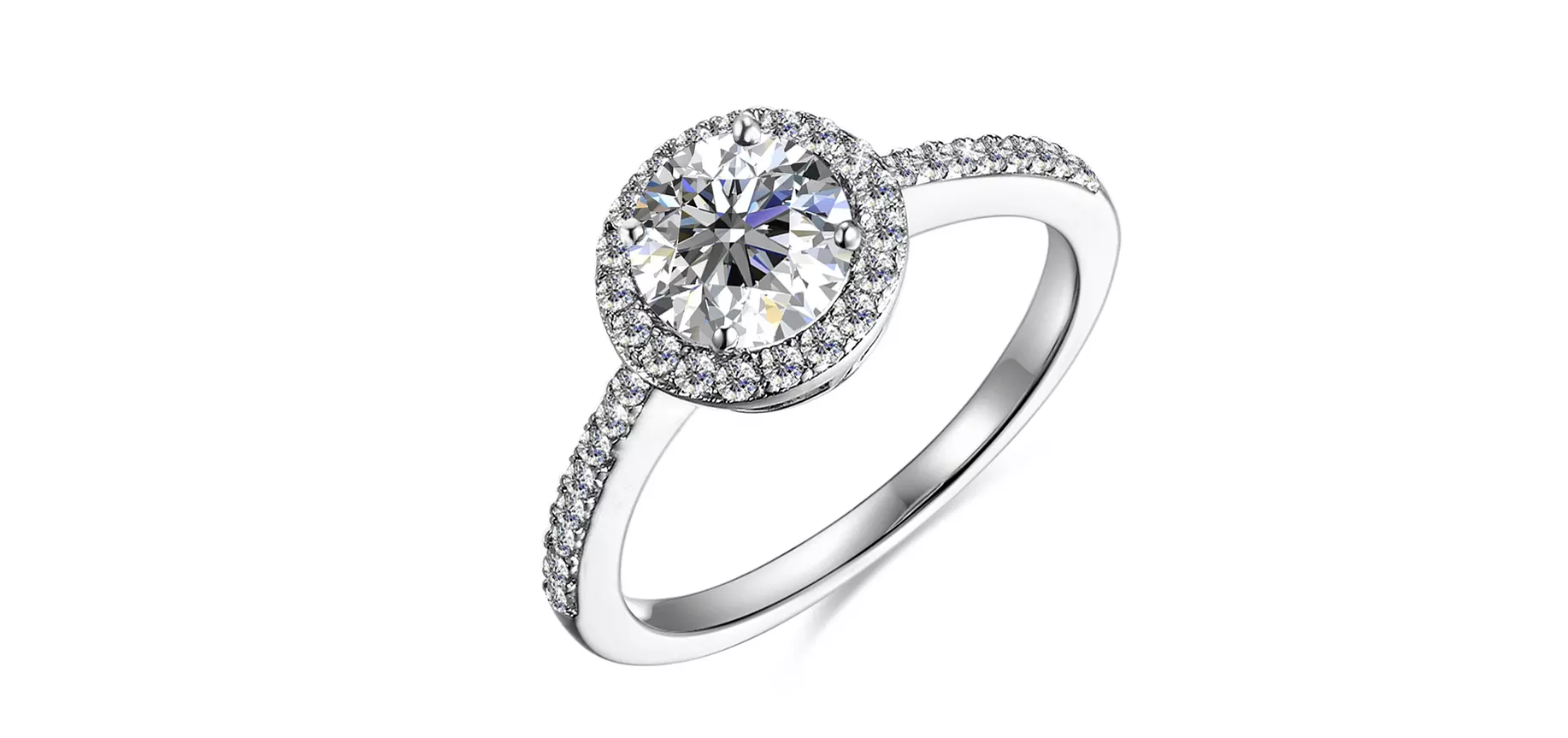
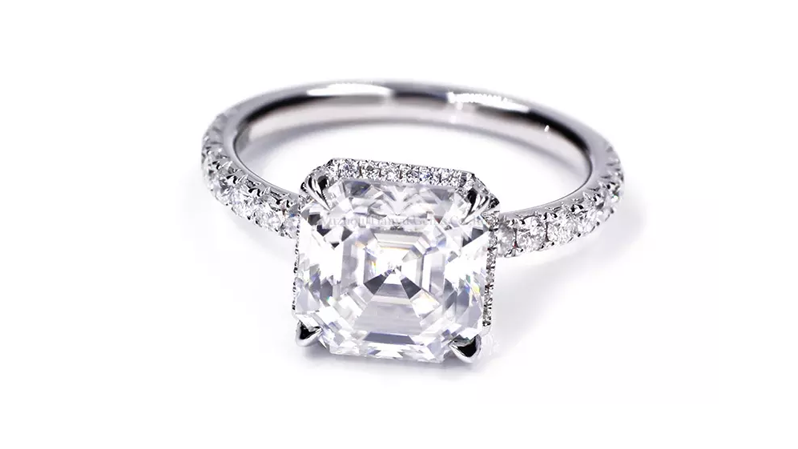
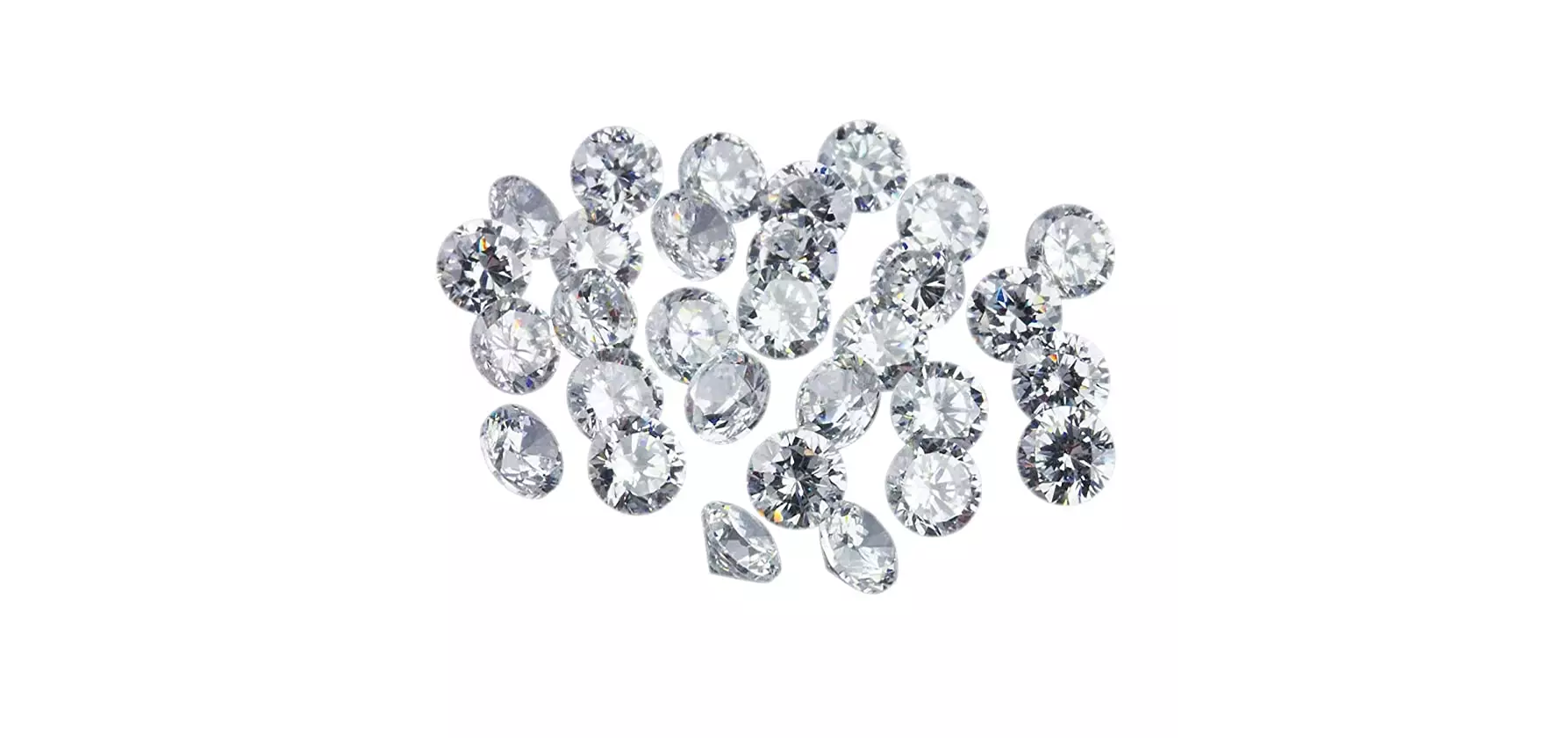
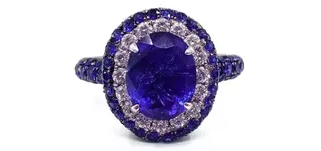
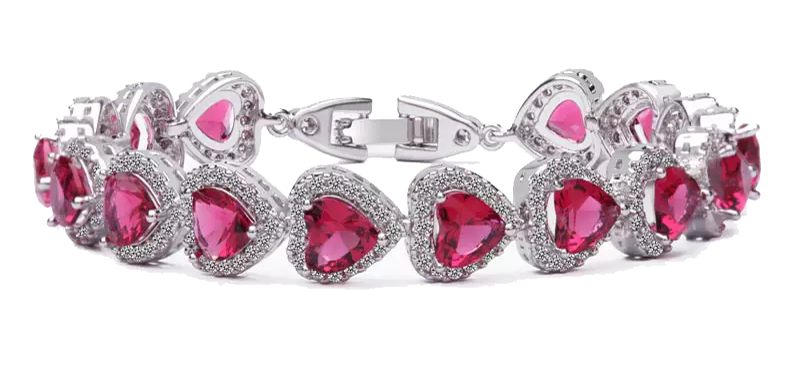
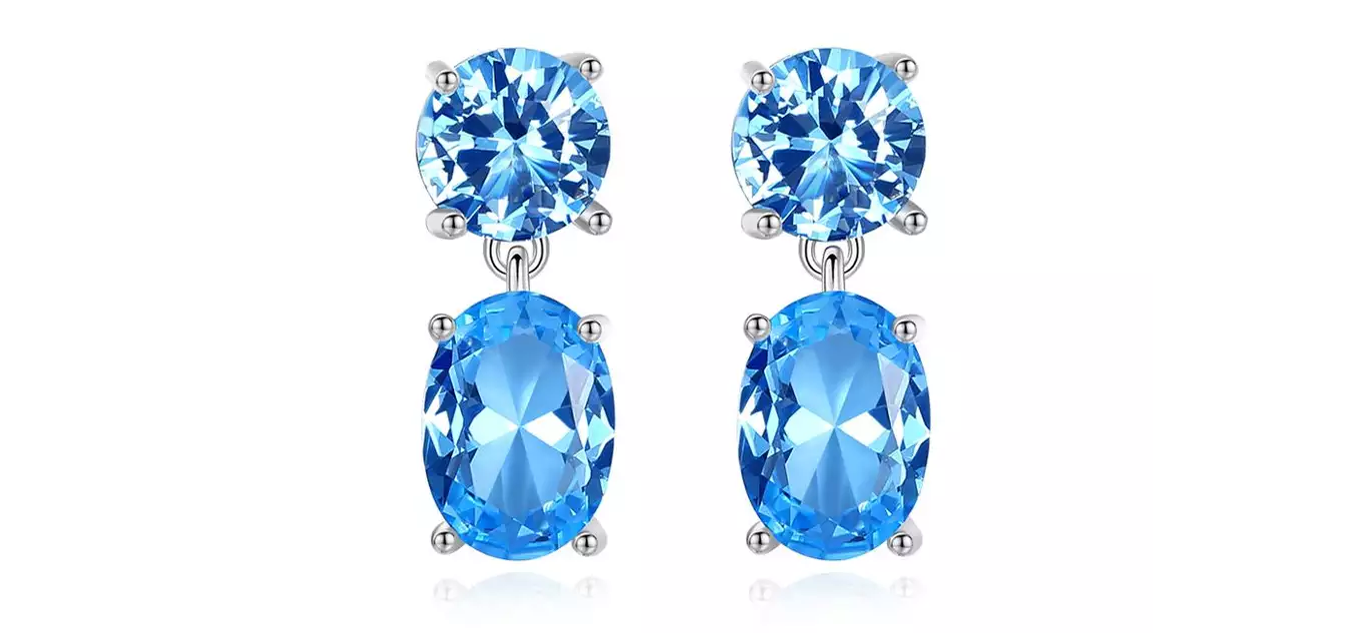
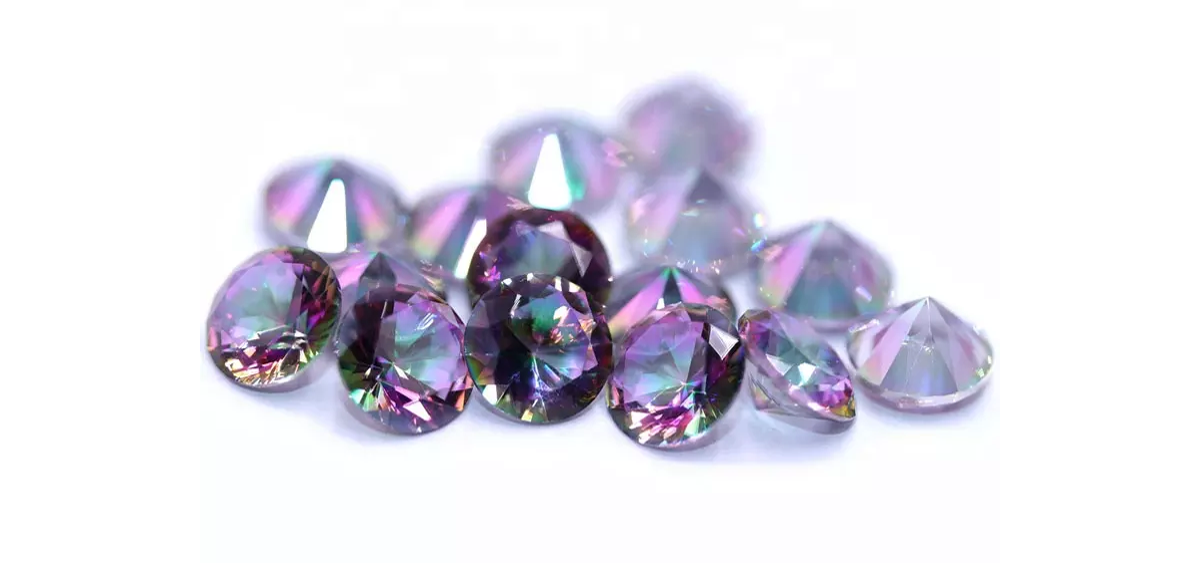
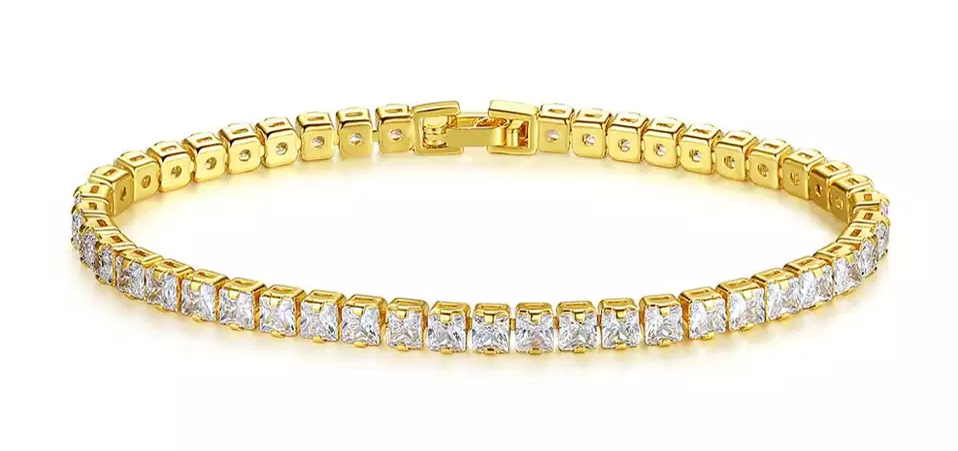
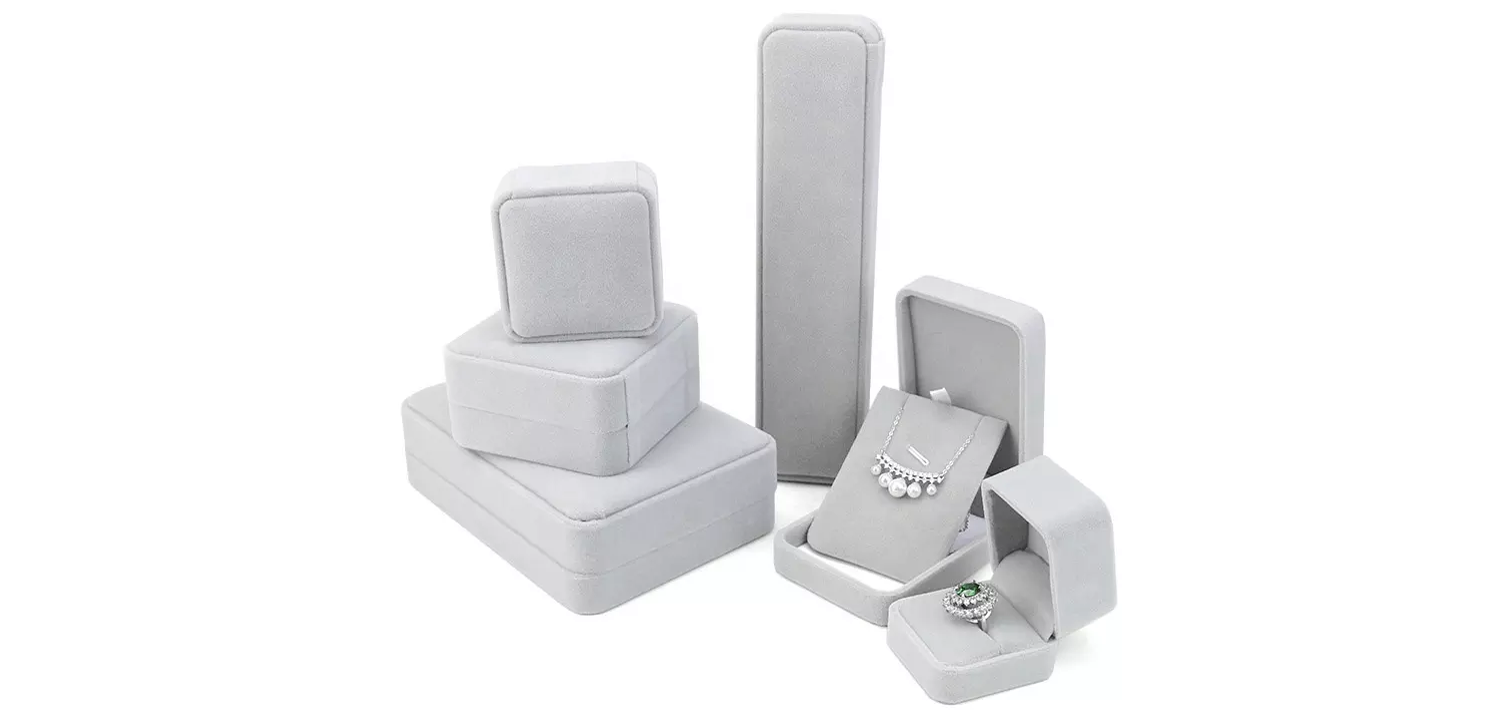
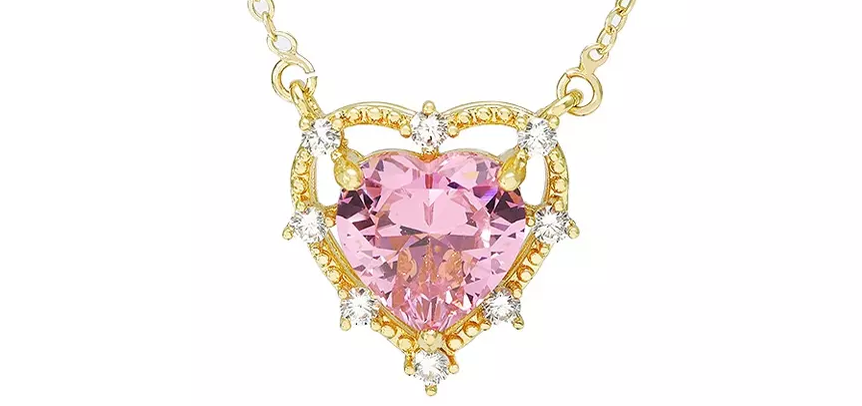
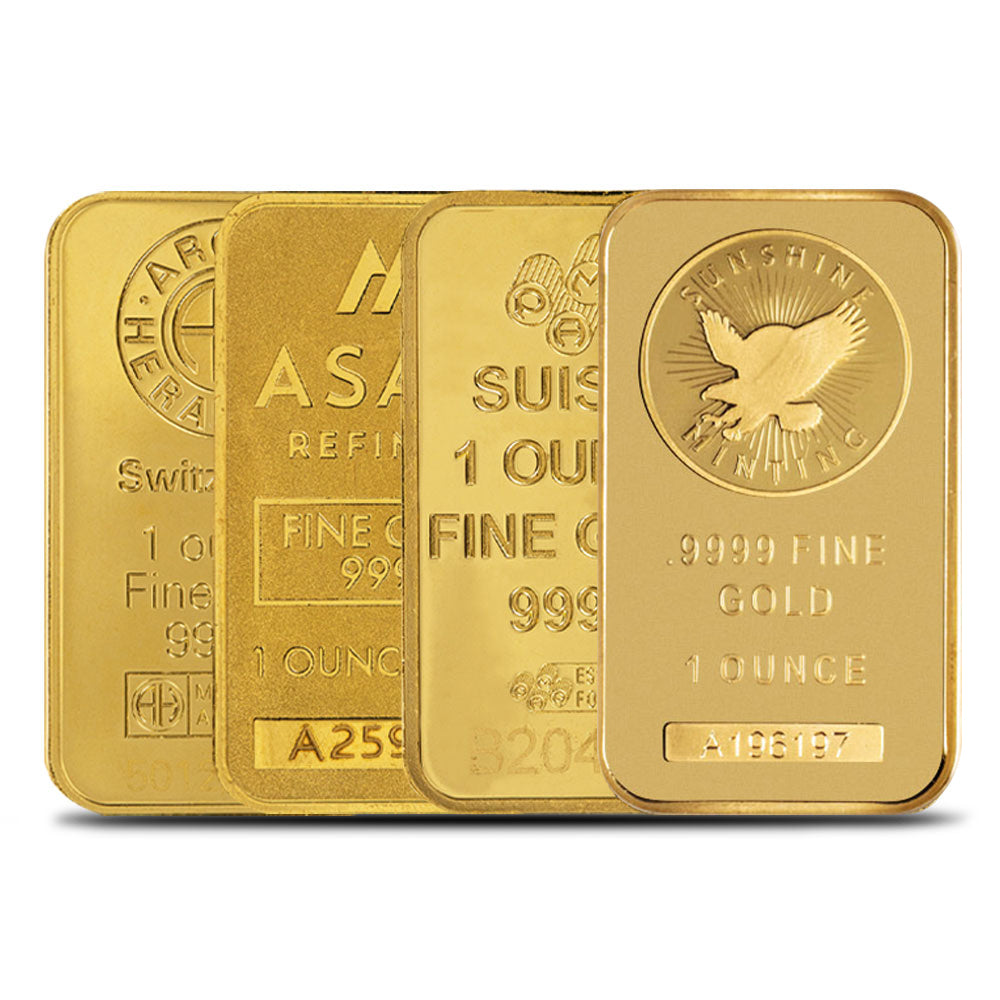
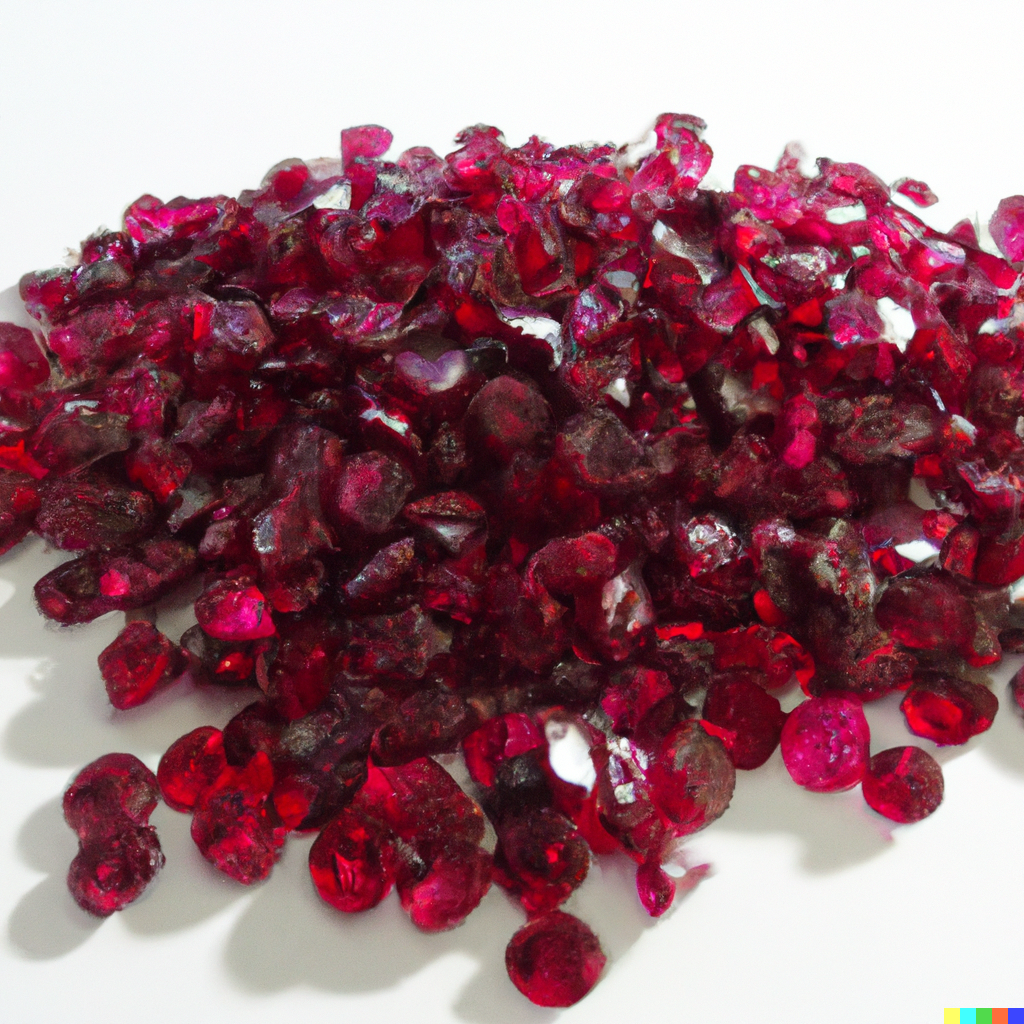
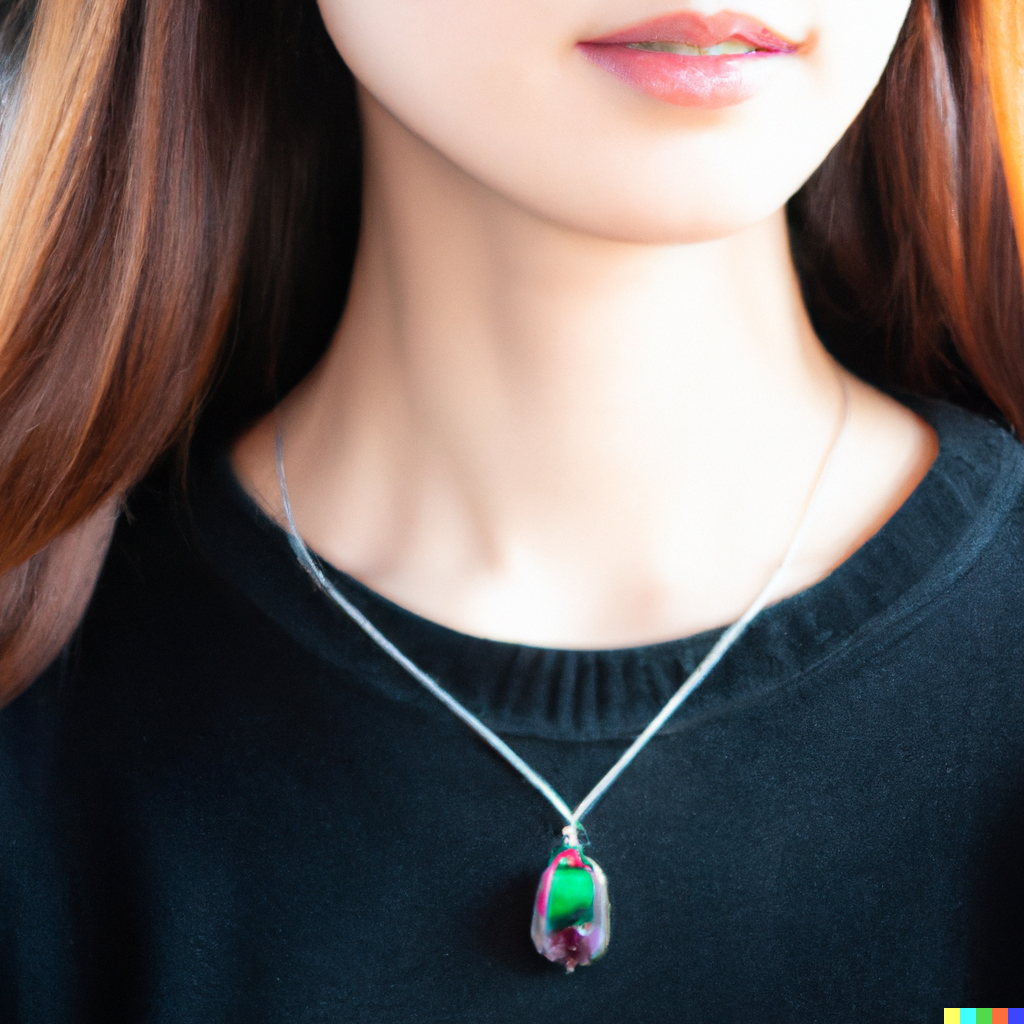
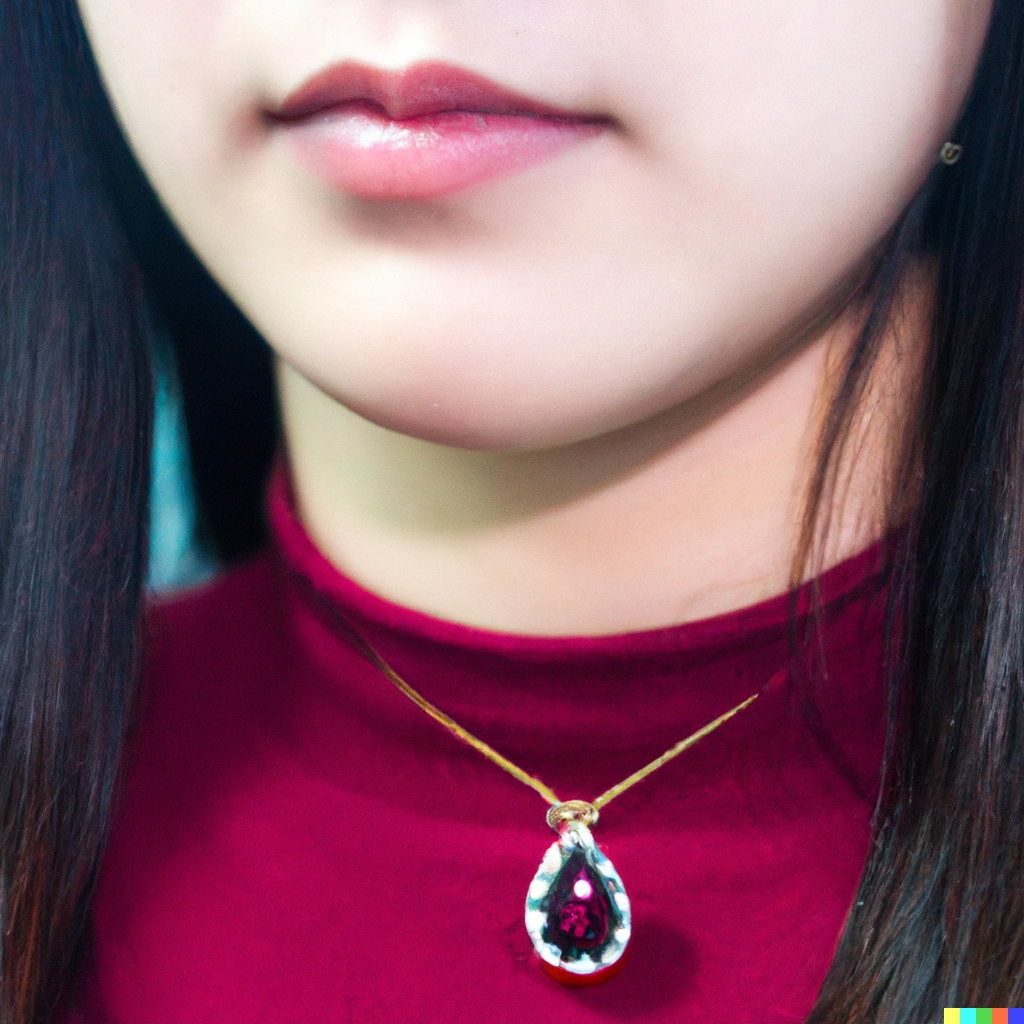
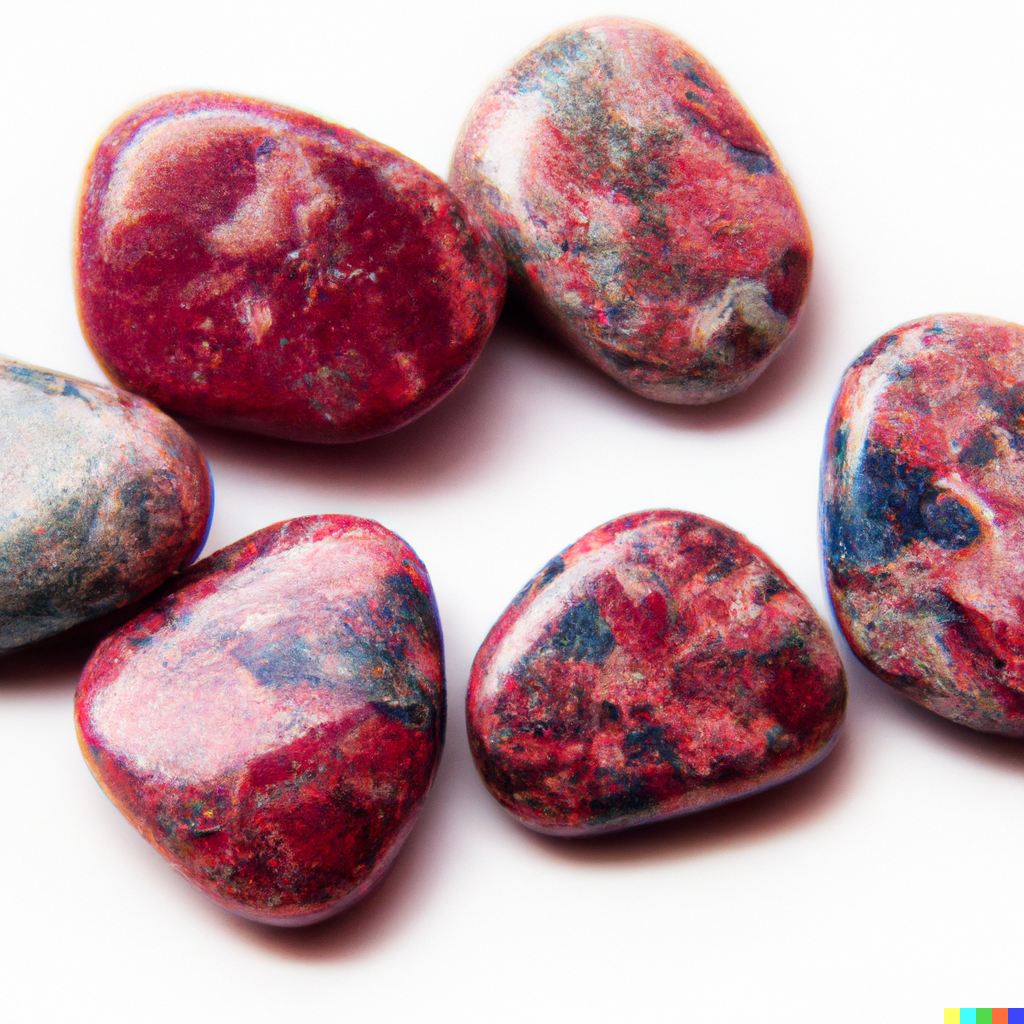
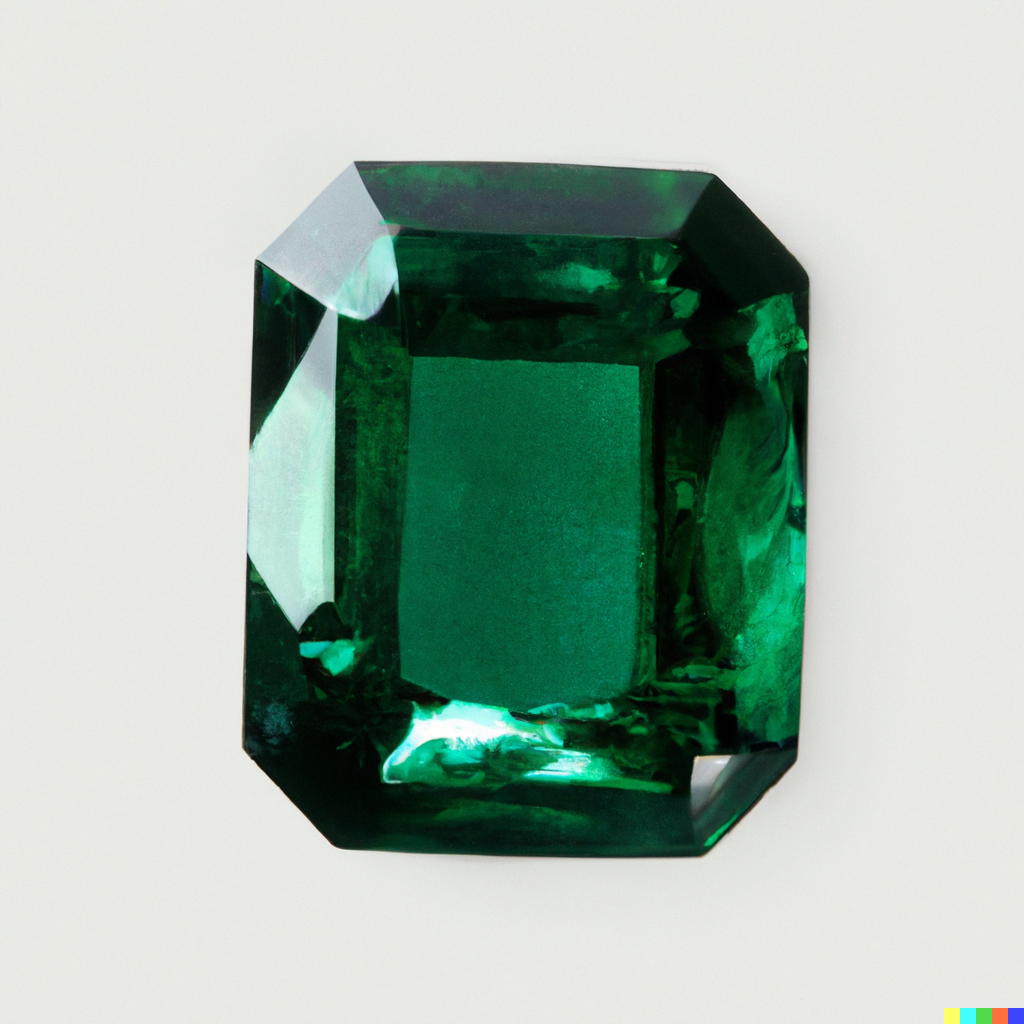
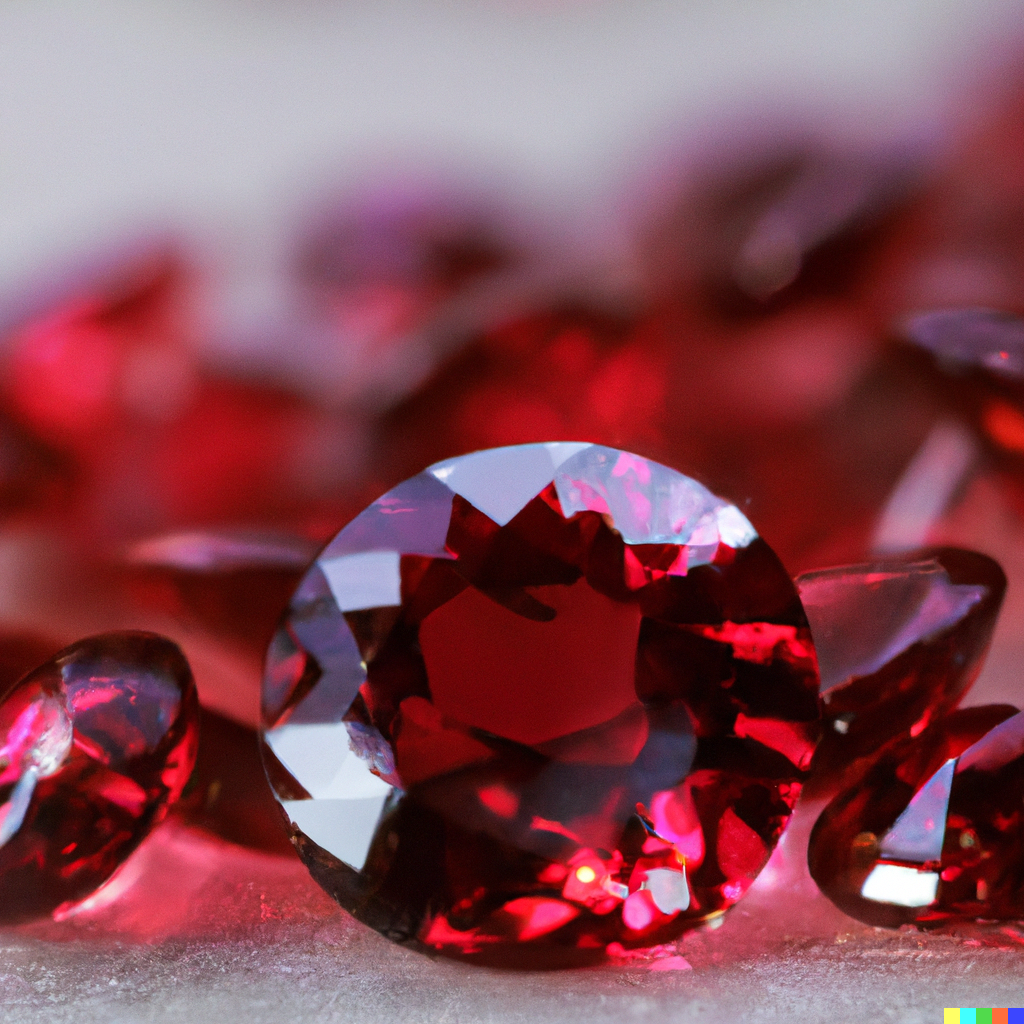
Leave a comment